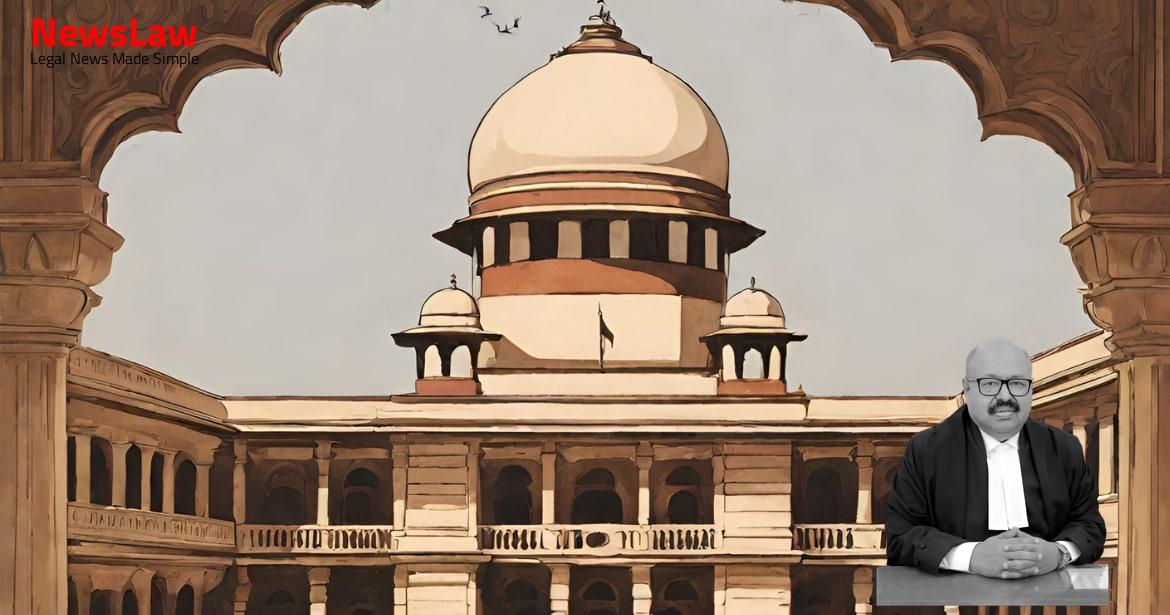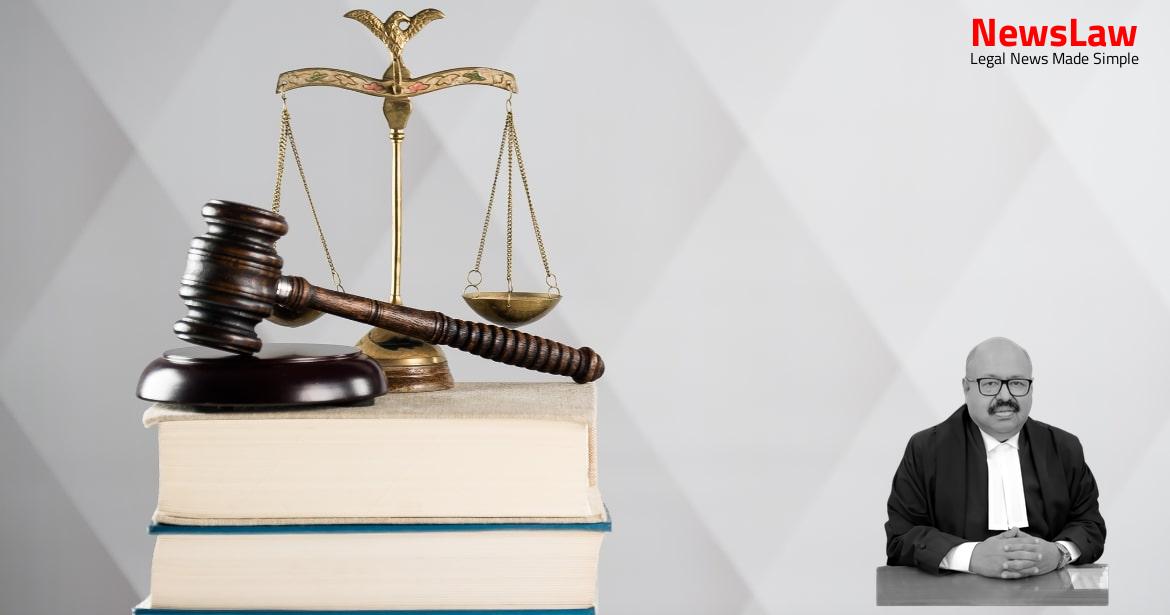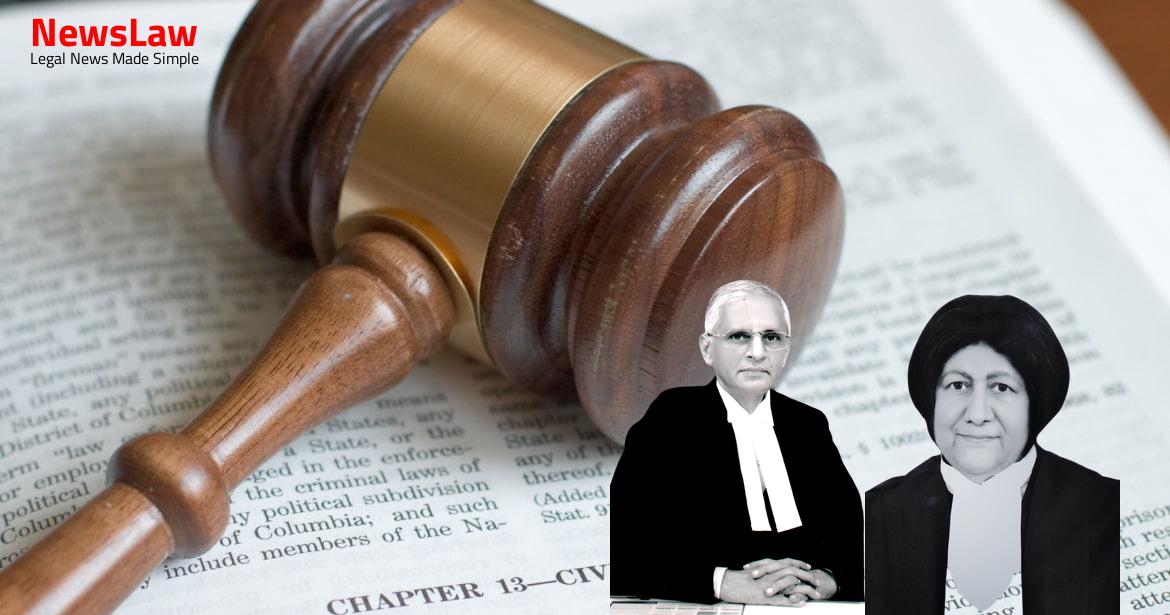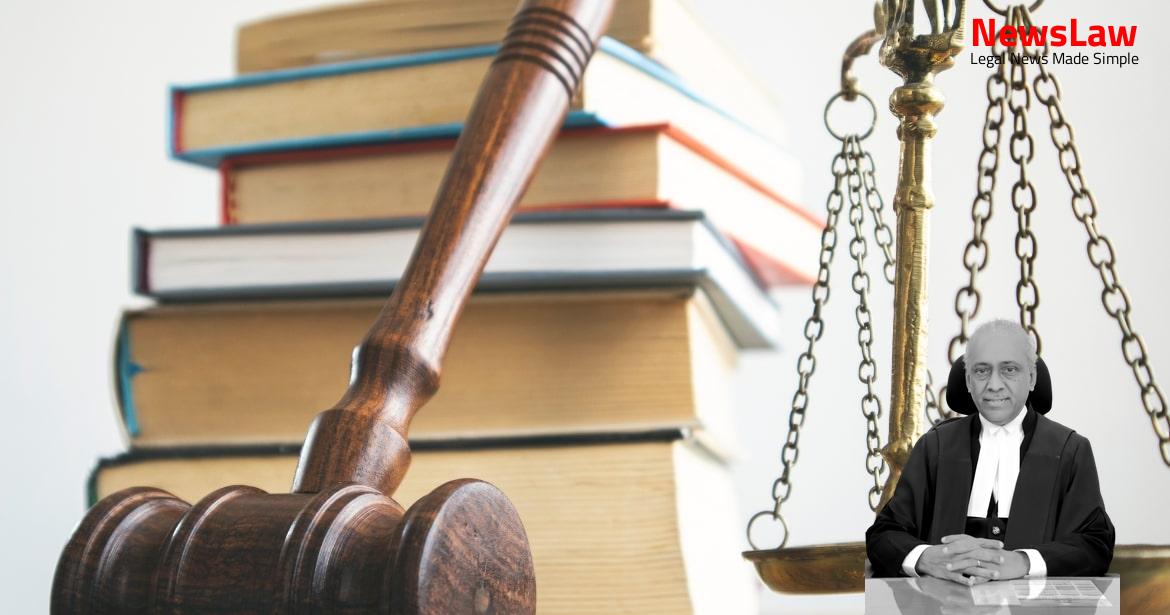In the legal world, the analysis of compensation for permanent disability in motor accident cases holds significant weight. Courts meticulously evaluate various factors to determine fair and just compensation for individuals impacted by life-altering events. Understanding the legal intricacies behind these assessments is essential for ensuring equitable outcomes. Let’s delve into how courts navigate the complexities of quantifying damages in such cases.
Facts
- The claimant, a 21-year-old jewellery worker earning Rs. 4,500/- per month, suffered severe head injuries as a pillion rider in a motor accident.
- The Tribunal awarded compensation of Rs. 5,74,320/- based on a multiplier of 17, considering the claimant’s age and earnings.
- The claimant appealed to the High Court of Kerala for higher compensation.
- Additional medical expenses of Rs. 1,00,000/- for future treatment were included, along with future prospect earnings calculation.
- The claimant has partial facial muscle paralysis, cognitive impairment, and aphasia, with a prognosis of 69% permanent disability.
- Medical bills and reports were submitted to support the claim for further treatments and expenses.
- Tribunal and High Court quantified compensation under different heads
- Both Tribunal and High Court awarded the same amount for loss of earning, expenses for transportation, extra-nourishment, damage to clothing, expenses for treatment, and expenses for bystander
- High Court awarded higher compensation for pain and suffering compared to the Tribunal
- High Court awarded significantly higher compensation for permanent disability compared to the Tribunal
- High Court quantified additional compensation for permanent disability due to the nature of disability being factored in
Also Read: Insurance Claim Repudiation due to Fire Incident: Court’s Legal Analysis
Arguments
- Appellant’s counsel argues that the claimant has suffered 69% permanent disability and is unable to perform everyday activities, thus no further claim is merited under this head.
- Appellant’s earning capacity is reduced to zero, questioning the logic of restricting compensation to 69% under permanent disability. Counsel suggests treating it as a 100% loss of future earnings.
- Quantification of the loss of earning during the appellant’s hospitalization and time off work at Rs. 12,000/- is questioned, suggesting it should be Rs. 27,000/- instead.
- Insurance Company’s counsel argues that no enhancement is needed when 69% permanent disability is suffered.
- Claim for expenses for a bystander/attendant lacks supporting material on actual expenses incurred, but a plea is made for adding these expenses for the severely impaired claimant.
- Appellant’s counsel argues for substantial enhancement of the sum awarded under the head of future medical expenses, based on bills and hospital documents produced before the High Court.
- Future medical expenses increased to Rs.3,00,000/- due to recurring treatment needs
- Resources and strength of caregivers likely to be stressed by full-time care requirement
- Definition of ‘just’ compensation includes equitability, fairness, and reasonableness
- Appellant may experience emotional, physical, and financial fatigue from constant reliance on support
- Permanent disability of 69% does not fully reflect future challenges and travails
- Youthful dreams and hopes of the claimant were ended by the serious accident
- Significant medical expenses are required due to recurring needs for testing and treatment
- Appellant cannot perform everyday functions without assistance
- Claimant needs full-time assistance due to impaired cognitive and physical capabilities
- Cannot solely rely on family and well-wishers for care
- Claimant requires the assistance of a bystander/attendant for all movements
- Expenses for attendant service estimated at Rs.5,000/- per month as a conservative estimate
- Compensation should reflect the intrinsic value of human life and dignity
- Impaired condition of the young man has impacted his family members
- Annual expenses quantified at Rs.60,000/- with a multiplier of 18 for additional compensation under bystander head at Rs.10,80,000/-
Analysis
- Courts should consider individual factors while determining permanent disablement and loss of earning capacity.
- Loss of limb can result in severe income earning impairment, affecting the claimant’s livelihood.
- The impact of permanent disability on earning capacity is crucial in assessing compensation.
- Loss of limb can lead to near extinction of income generation, depending on the nature of the claimant’s occupation.
- Compensation awards should provide realistic recompense for pain, suffering, and loss of ability to lead a previous life.
- The Tribunal may equate the percentage of loss of earning capacity with the percentage of permanent disability for compensation.
- The test for determining the effect of permanent disability on future earning capacity involves three steps as outlined in specific cases.
- Just compensation under the Motor Vehicles Act is essential, reflecting fairness and adequacy in the award.
- Victims seeking additional compensation after a life-altering event are justified in their request for appropriate recompense.
- The assessment of earning loss for the appellant, who is incapacitated for life and confined to home, was wrongly re-assessed at a lower percentage by the tribunal and the High Court.
- In cases of permanent disability, the loss of earning capacity may not directly correspond to the percentage of disability.
- Courts should not mechanically apply the percentage of disability as the percentage of economic loss or loss of earning capacity.
- The impact on the earning capacity of the claimant must be assessed based on the actual implications of the disability on their income generating ability.
- In cases where the claimant is severely disabled, the Courts should consider functional disability rather than just the physical disability percentage.
- Equating the extent of loss of earning capacity to the extent of permanent disability may lead to either overcompensation or undercompensation.
- The Tribunal should assess the effect of permanent disability on the claimant’s earning capacity by considering their profession, age, and ability to continue any kind of livelihood.
- The Courts should aim to provide a realistic recompense by accurately assessing the extent of disabilities and their impact on the claimant’s earning potential.
- Courts can make a genuine attempt to help restore the self-dignity of claimants by awarding just compensation
- Money awarded by Courts may not fully compensate the actual sufferings of injured victims
- Injured victims experience a loss of normal amenities of life and may feel like a burden on others
Decision
- The parties are to bear their respective costs.
- The amount under this head is corrected to Rs.27,000 (Rs.4,500 x 6).
- Additional compensation is ordered for the appellant in correct proportion.
- The impugned judgment of the High Court is modified accordingly.
- The claimant’s appeal is allowed.
Case Title: JITHENDRAN Vs. THE NEW INDIA ASSURANCE CO. LTD. (2021 INSC 681)
Case Number: C.A. No.-006494-006494 / 2021



